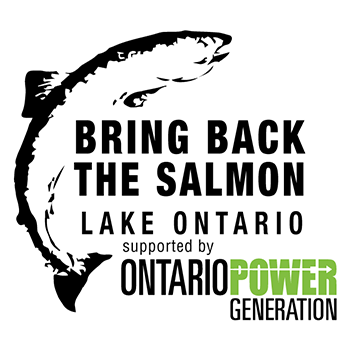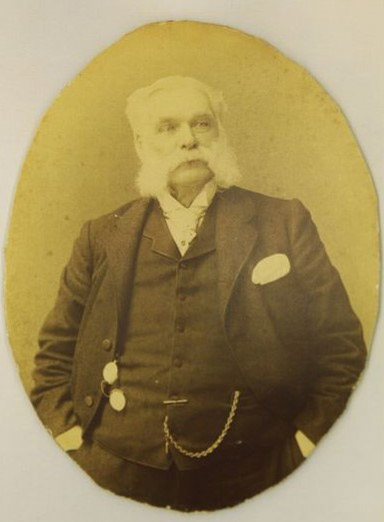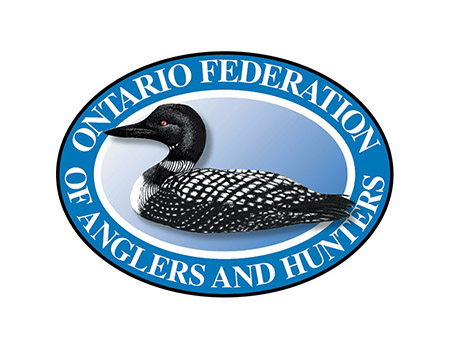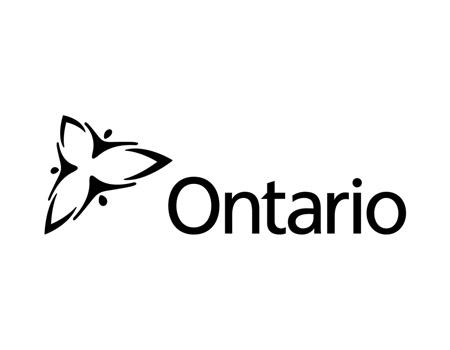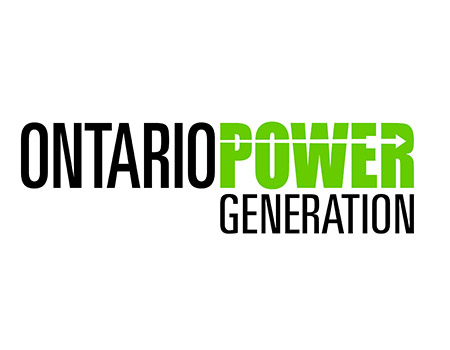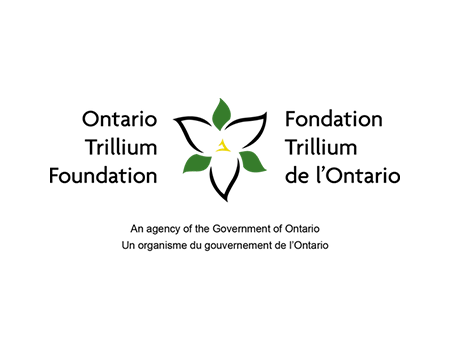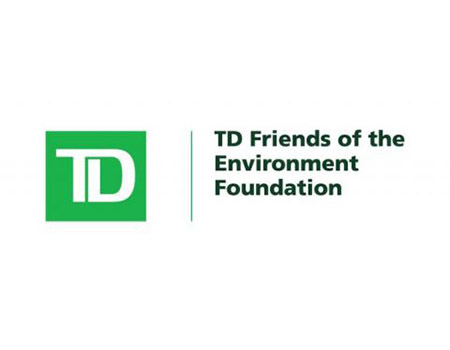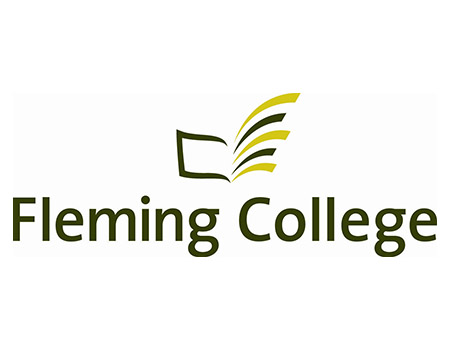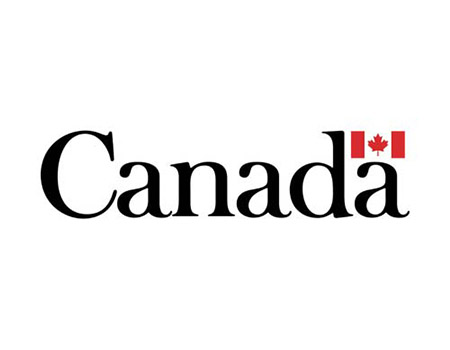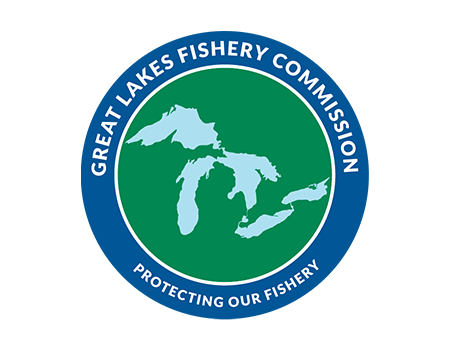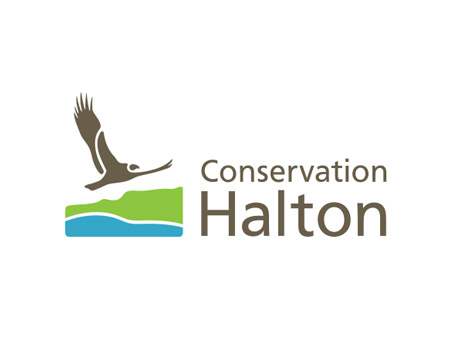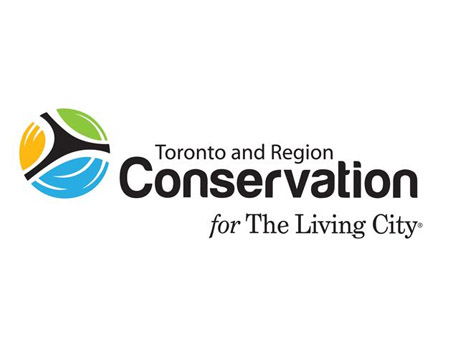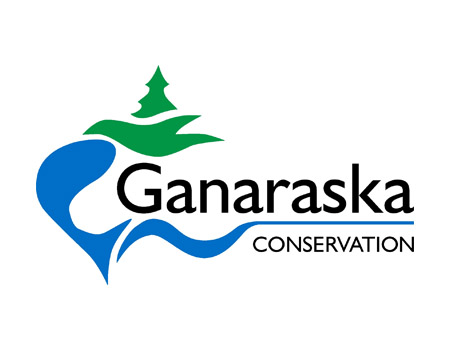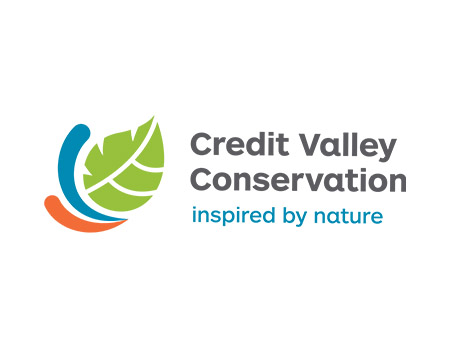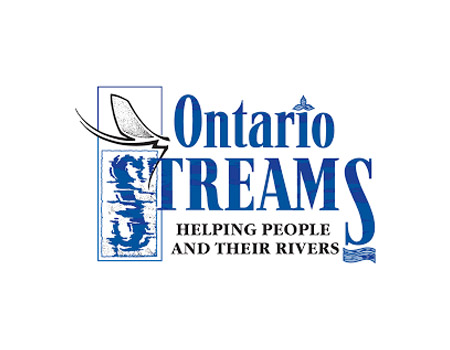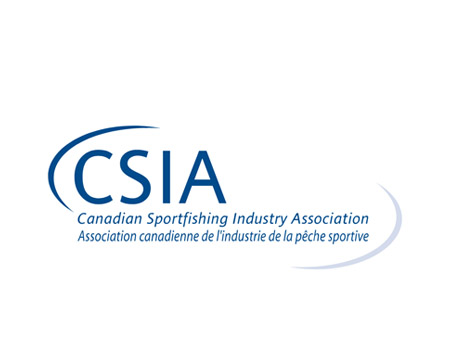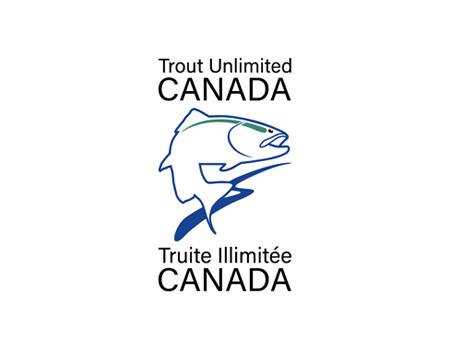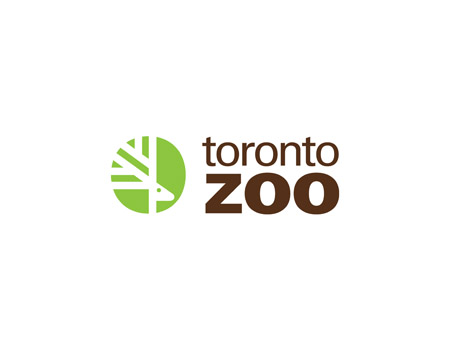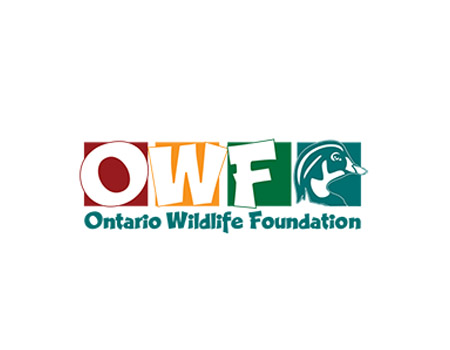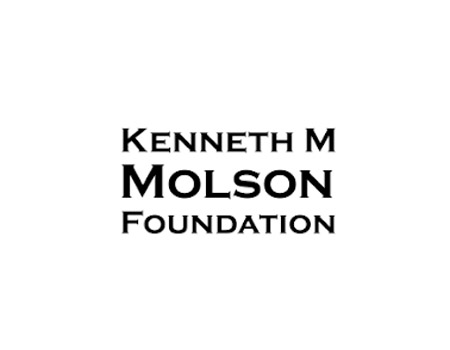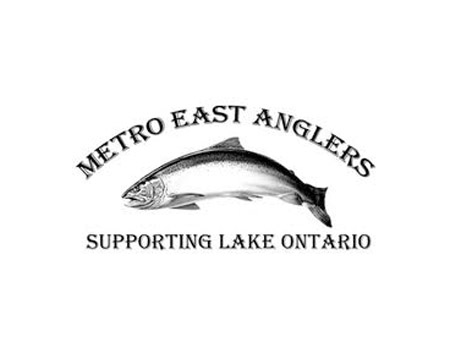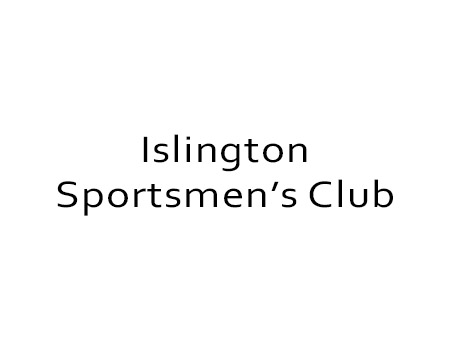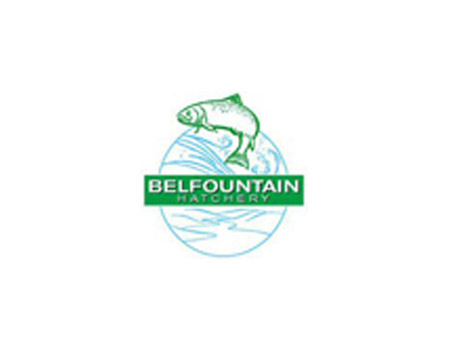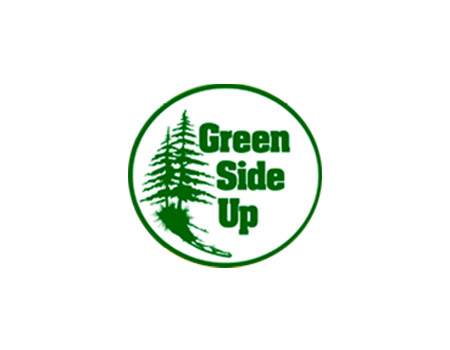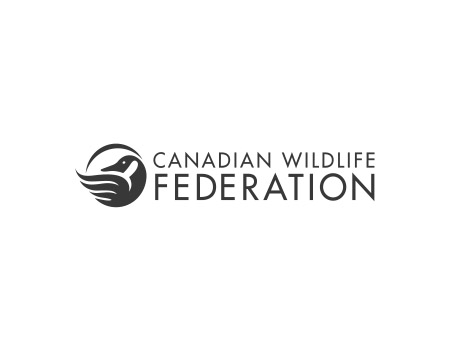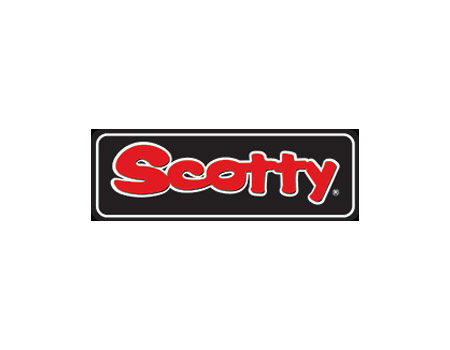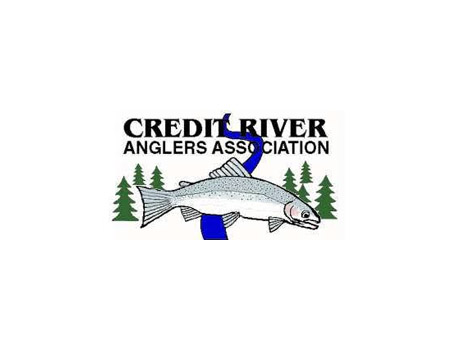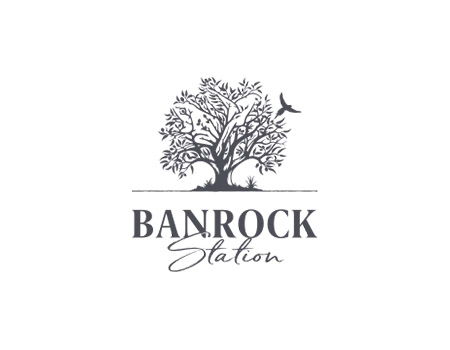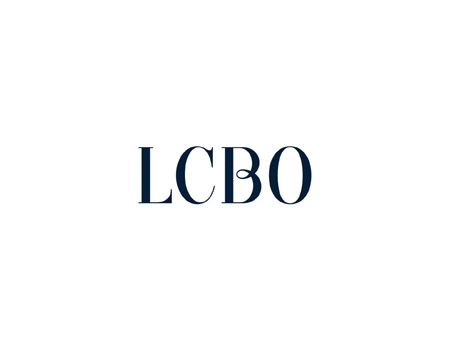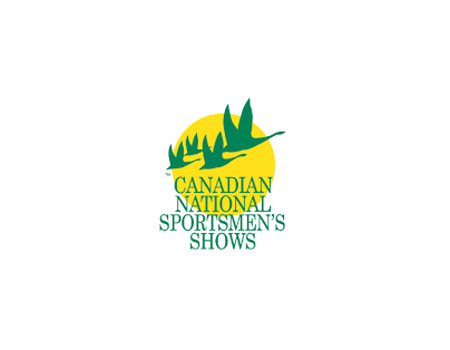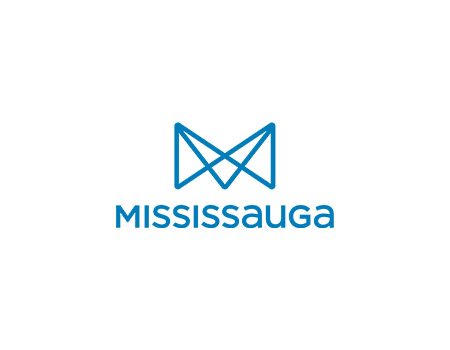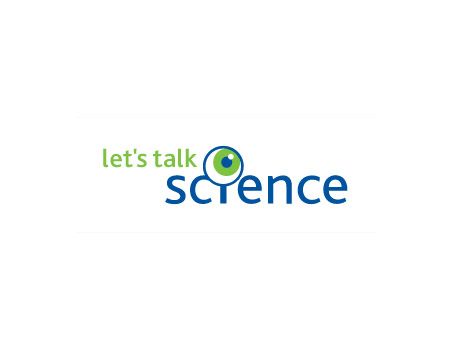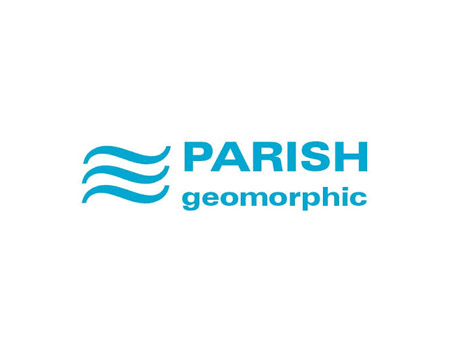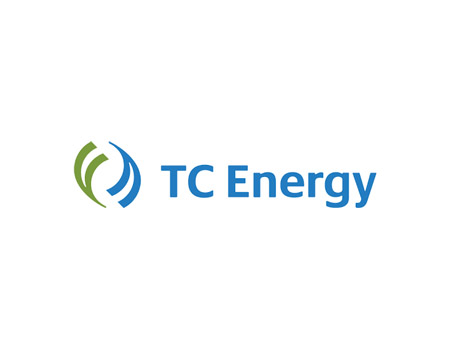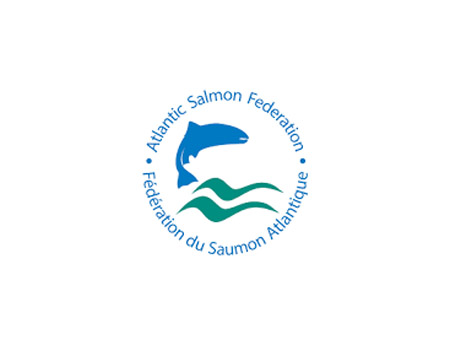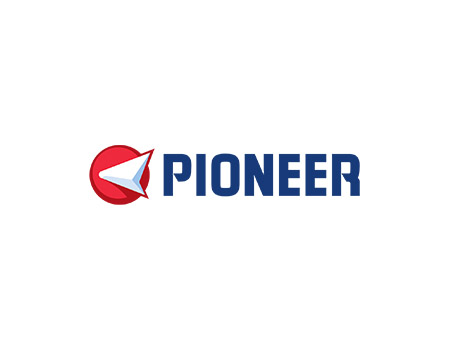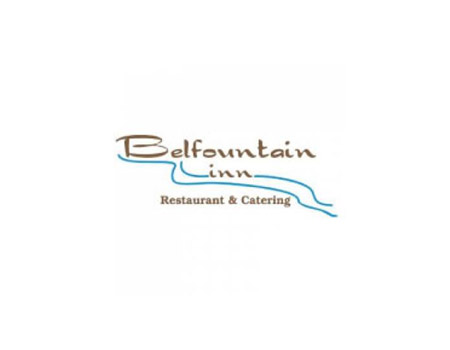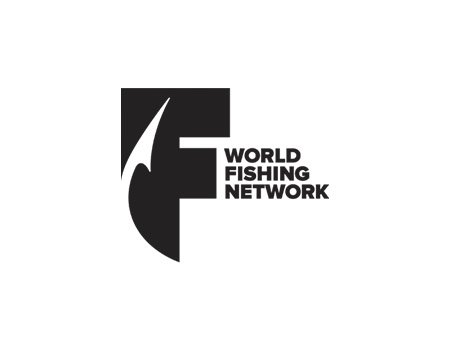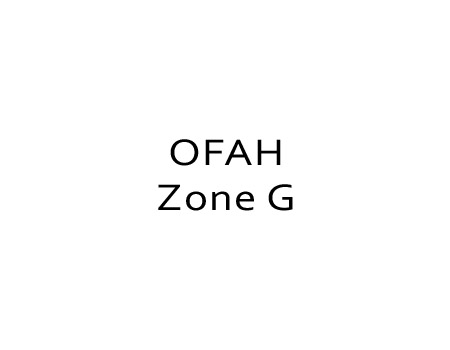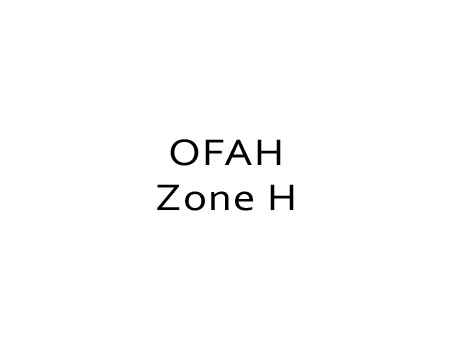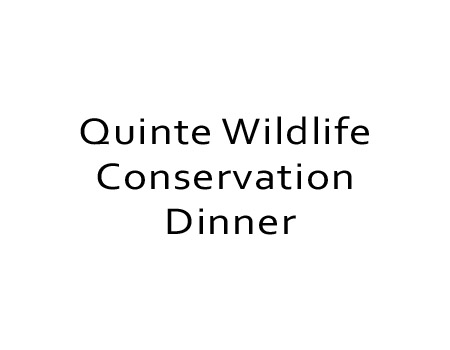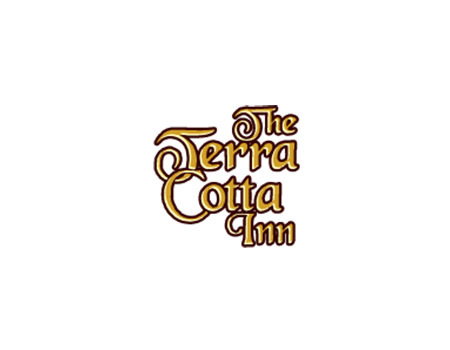Settlers in the Lake Ontario region were able to harvest them by the barrel, and it was an important part of their diet. Some have suggested the availability of Atlantic Salmon encouraged settlement of the interior of Canada. Later, commercial and recreational fisheries for Atlantic Salmon developed on Lake Ontario; the commercial fishery supported thousands of fishermen.
However, it was the pressure of these fisheries plus serious environmental degradation and ecological change that led initially to noticeable and serious declines of Atlantic Salmon in Lake Ontario. In the late 1700s and onwards, large areas of land were cleared for agriculture, resulting in a lack of cover for the tributaries of the lake, which were the spawning and nursery sites for the species. Deforestation also created massive erosion problems, which combined with changes in flow rates from dams, mills, and channelization, resulted in the silting-over of the rock substrate where Atlantic Salmon deposited their eggs. Dams and mills also served as barriers that even the legendary “leaping” salmon couldn’t pass during their annual migrations. Meanwhile, in Lake Ontario the fish community was changing. The traditional prey of Atlantic Salmon, lake herring, was being replaced by alewife and rainbow smelt.
As the decline of the Lake Ontario Atlantic Salmon was observed in the latter half of the 19th century, efforts were made to restore or at least maintain the population.
Visual Timeline: Atlantic Salmon in Lake Ontario
From the largest freshwater population in the world to extirpation, and how we are bringing them back.Extirpation & Early Recovery Efforts
The first efforts to maintain or even restore the declining Atlantic Salmon population of Lake Ontario, one of the first species in Canada to be decimated by human activities, were made by Samuel Wilmot. In 1866 he established the first government-sponsored fish hatchery in North America in Newcastle, Ontario. His efforts seemed to initially pay off, as population increases were observed in many streams. However, the numbers fell again, and by 1881 observers were reporting very few fish. The species was officially declared extirpated (locally extinct) from Lake Ontario in 1896, and the last reliable report of a harvested Atlantic Salmon from the area was in 1898.
Prior to extirpation, the popularity of Lake Ontario Atlantic Salmon led to its stocking in two rivers in Maine. The Sheepscot River population still exists, albeit in very low numbers, but river stocking from numerous strains means that there is very little chance there are any Lake Ontario genetics left in this population. The Cobscook River population is believed to be extinct or nearly extinct. Between 1877 and 1899 Lake Ontario Atlantic Salmon were also shipped to England, but no evidence exists that the strain remains there.
Additionally, the now-extirpated Sebago Lake (Maine) Atlantic Salmon population is either the result of a direct stocking of fish from Lake Ontario, or derived subsequently from Lake Ontario stocks planted elsewhere. Interestingly, fish from eggs from Sebago Lake were successfully stocked in lakes in Argentina from 1904-1910, and it was hoped a final remnant of Lake Ontario’s population may have still existed in South America, but recent genetic analyses have found no relationship.
In Ontario, the next effort to restore Atlantic Salmon was undertaken by the Department of Lands and Forests (MNRF’s predecessor) in the 1940s using Miramichi (New Brunswick) stock. After five years of stocking, mortalities were still significant from high summer stream temperatures and predation upon juvenile Atlantic Salmon, and the attempt was stopped. Sporadic stocking occurred up until 1964 without success, and efforts were halted as the entire ecosystem was considered too degraded to make restoration likely. It was not until 1985 that the New York State Department of Environmental Conservation (NYSDEC) again attempted to stock Atlantic Salmon into Lake Ontario.
Research for Recovery
Lake Ontario and its tributaries are no longer the ecosystems they were when native Atlantic Salmon were abundant; they are not even the ecosystems they were when Atlantic Salmon were finally eliminated from the lake. Over two hundred years of settlement has had continual major impacts on all aspects of the environment and ecology of the lake and tributaries. Other native fish species, particularly Lake Trout, Lake Herring, and Lake Sturgeon, have declined, naturalized Pacific salmon are now at the top of the aquatic food web, and invasive Alewife and Rainbow Smelt are the common fish prey base. Sea lamprey have invaded the lake but are controlled through barriers and lampricide applications; recently Round Gobies have exploded in Lake Ontario, but their effects are still under investigation. Generally their impact on the ecosystem is expected to be negative. Zebra and quagga mussels have also established themselves in the lake, and have had profound impacts on the food web. More information on these and other invasive species can be found at the Invading Species Awareness Program’s web site.
The tributaries have also undergone extensive physical changes since European settlement in the Great Lakes basin. The initial environmental changes that resulted from clearing the land for agriculture and building mills and dams on the streams were among the primary causes of the extirpation of Atlantic Salmon in Lake Ontario. Since then much of the region’s land use has changed to industry and housing, which has not improved stream quality, and has added further channelization, erosion, and point source pollution of both heat and chemicals. However, in the latter half of the 20th century stream stewardship gained momentum, and many tributaries of Lake Ontario are on the way to recovery thanks to the efforts of local landowners and conservationists. The recovery of Lake Ontario’s tributaries prompted both New York and Ontario to reconsider the potential return of Atlantic Salmon in the 1980’s.
The New York State Department of Environmental Conservation (NYSDEC) began a small Atlantic Salmon recovery program in 1983 to restore a self-sustaining population in Lake Ontario. The specific goals were modest, and while growth rates were excellent and a small recreational fishery developed, natural reproduction in the returning adults consistently failed. By 1990 the course of the program changed from a small recovery program to a larger scale put-grow-take trophy sport fishery. However, recently New York has again expressed interest in restoring self-sustaining populations to their side of Lake Ontario.
In 1987, the Ministry of Natural Resources and Forestry (MNRF) began its own small stocking program to research the feasibility of restoring Atlantic Salmon to Lake Ontario, with the hope of establishing a self-sustaining population in at least one tributary on the Canadian side of Lake Ontario, and providing a sport fishery based on stocking and a naturally reproducing population. When initial returns were lower than expected, MNRF developed the first formal Recovery Strategy in 1995 to research stocking Atlantic Salmon in Lake Ontario. The research program used experimental stockings of approximately 150,000 to 200,000 fry (young fish) per year to study the factors believed to be most important for developing self-sustaining populations. Research areas included embryo survival and rearing success, juvenile survival, and adult salmon habitat selection and movement behaviour. Benchmarks were set for a 5-20 year timeline, and a review in 2003 considered the initial research phase to have successfully met the short-term benchmarks. With this knowledge in hand, we have now begun full-scale recovery efforts.
Recovery Now
More than 120 years since the last wild Atlantic salmon was caught in Lake Ontario, years of research and stream stewardship have culminated in an opportunity to bring Atlantics back into the Lake Ontario ecosystem.
The following conservation agencies and organizations have united to form a partnership to restore Atlantic Salmon in Lake Ontario to a self-sustaining population by 2025:
- Ontario Federation of Anglers and Hunters
- Ontario Ministry of Natural Resources and Forestry
- Trout Unlimited Canada
- Canadian Sportfishing Industry Association
- Ganaraska Region Conservation Authority
- Toronto and Region Conservation Authority
- Credit Valley Conservation
- Conservation Halton
- Fleming College
The first steps in recovery was for the Recovery Team to draft a Recovery Strategy and initiate working groups responsible for developing plans targeting specific objectives of a 1995 Recovery Strategy.
Subsequently, our efforts have been to:
- acquire resources to fund the stocking, research, and monitoring components of the recovery;
- prepare informational material to promote the project and recruit participants;
- develop fish rearing capabilities amongst stakeholder clubs to produce fry for stocking;
- develop assessment and research methods to monitor the success of the program and fill knowledge gaps;
- train anglers and charter boat operators to identify Atlantic Salmon and report sightings.
We are looking for partners and participants to join us in our efforts. For more information, please see How You Can Help. With your help, once again these beautiful, leaping silver fish will be in Lake Ontario for future generations to enjoy.
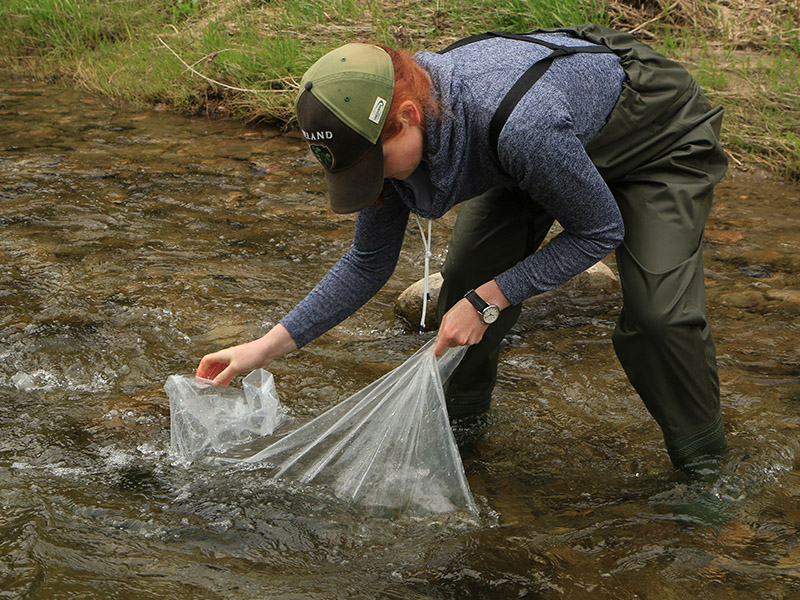
Bring Back the Salmon Newsletter
Program Partners and Supporters
Contact Us
1-800-263-OFAH (6324) ext. 237
PO Box 2800
Peterborough, Ontario
K9J 8L5
